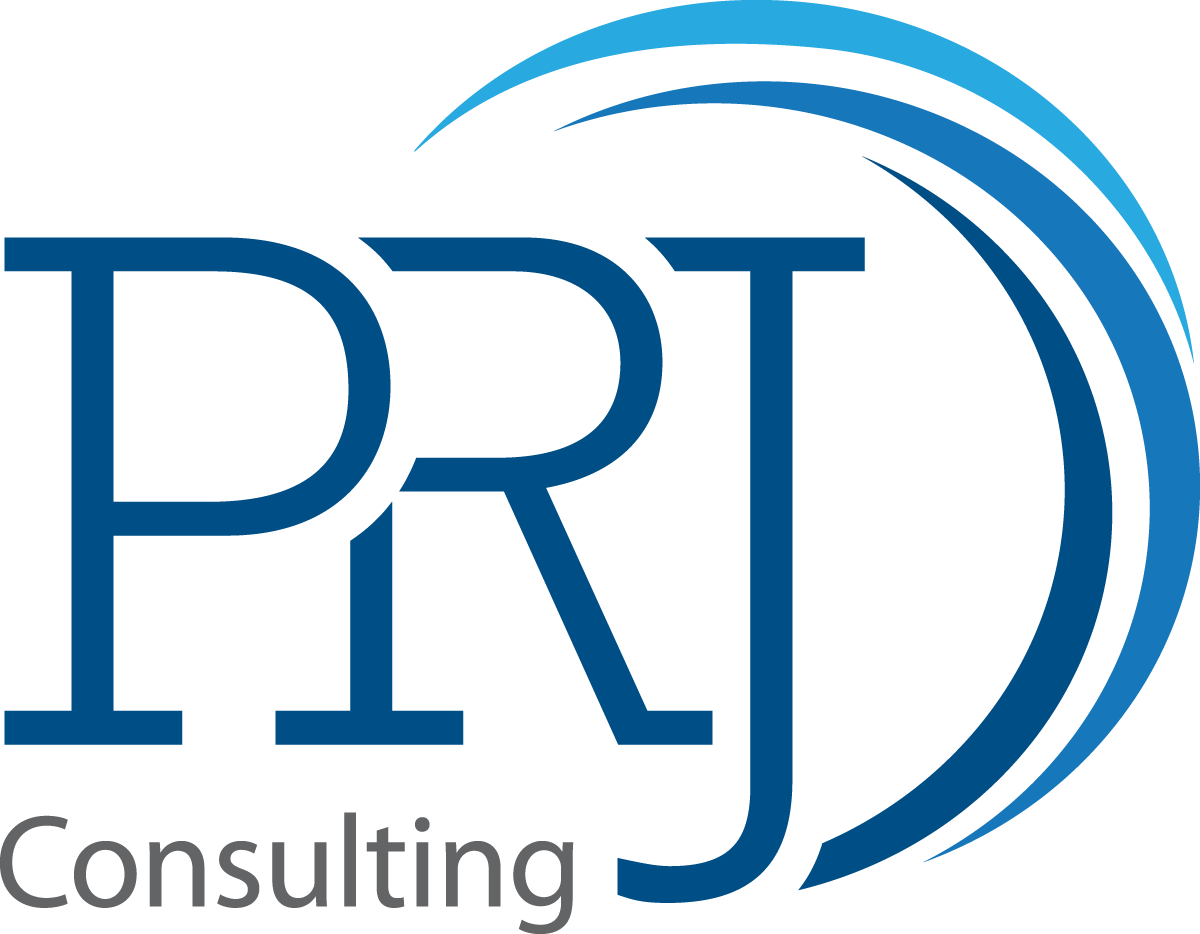Retain Your Employees Before They Decide to Leave
In today’s workforce, social media has become a platform for disgruntled employees to quit their jobs in dramatic ways, often posting their resignations online. This trend can severely impact a company’s reputation, deterring potential hires and prompting current employees to explore other opportunities. For more on how social media impacts employer branding, check out this article from Forbes on [the effects of public resignations].
Many company leaders are left asking: Why are employees quitting?
Recent surveys suggest that while many professionals feel burned out, they often stay in their jobs because their work aligns with their values or offers opportunities for growth. However, these same professionals frequently cite the need for a change to expand their network, develop new skills, or achieve a pay increase. Dive deeper into this with the Gallup report on [employee engagement and burnout.
Be Proactive: Keep the Lines of Communication Open
The best defense against employee turnover is open communication. Company leaders should consistently check in with their teams to show they are valued and better understand their concerns. When employers actively listen, they are in a stronger position to address any potential issues before they escalate into reasons for leaving. Read more about the benefits of [open communication in employee retention] in this article from HR Zone.
Employee Surveys: Gauge the Pulse of Your Workforce
Surveys are a valuable tool to uncover what’s working and what’s not from the employee perspective. Whether conducted internally or through a third party, the insights gathered from surveys can be instrumental in developing a targeted action plan. The key, however, is to follow through—surveying employees without making visible changes can lead to further disengagement. Learn more about [how to effectively use employee surveys] from the Society for Human Resource Management (SHRM).
Stay Interviews: Retention Starts Before It’s Too Late
Rather than waiting for exit interviews, companies should consider implementing stay interviews. Regularly checking in with employees about their satisfaction, challenges, and future career aspirations allows employers to proactively address concerns before they turn into reasons for leaving. These conversations can be a powerful tool in improving retention.
Updated Compensation & Benefit Programs: Stay Competitive
Compensation and benefits are often the first factors employees consider when deciding whether to stay or move on. To retain top talent, it’s crucial to ensure that pay is equitable and competitive within the industry. Transparency around compensation programs is equally important—employees should understand how their salaries are determined and how their performance influences their pay.
Questions to consider:
Are your compensation programs competitive with industry standards?
Are employees aware of how pay and benefit programs are developed?
Are managers trained to communicate the compensation process effectively?
Is performance-based pay part of your company’s culture, and how is that process explained?
For more insights, explore PayScale's guide on [compensation benchmarking] and Harvard Business Review's article on [performance-based pay strategies].
Keep the Door Open: Re-engage Former Employees
Even if an employee chooses to leave, keeping the door open for future opportunities can be beneficial. Many find that their new roles aren’t as fulfilling as expected and may want to return. Creating a welcoming environment for returning employees can strengthen both recruitment and retention strategies. For more tips on [how to re-engage former employees], read this article from TD Magazine.
At PRJ Consulting, we help organizations build robust retention strategies by aligning compensation, benefits, and employee engagement with broader business goals. Proactively addressing employee concerns today can prevent costly turnover tomorrow. Learn how we can help your organization with our [comprehensive HR and compensation consulting services].
Citations
1. Stahl, A. (2021). *How Employees Are Using Social Media to Quit Their Jobs and Why You Should Care*. Forbes. Retrieved from [Forbes](https://www.forbes.com/sites/ashleystahl/2021/10/18/how-employees-are-using-social-media-to-quit-their-jobs-and-why-you-should-care/?sh=74972fc13428).
2. Gallup. (2021). *Employee Burnout: Causes and Main Causes*. Gallup. Retrieved from [Gallup](https://www.gallup.com/workplace/301053/employee-burnout-part-main-cause.aspx).
3. HR Zone. (n.d.). *The Importance of Communication in Employee Retention*. HR Zone. Retrieved from [HR Zone](https://www.hrzone.com/perform/people/the-importance-of-communication-in-employee-retention).
4. Society for Human Resource Management (SHRM). (n.d.). *Conducting Employee Surveys*. SHRM. Retrieved from [SHRM](https://www.shrm.org/resourcesandtools/tools-and-samples/how-to-guides/pages/conducting-employee-surveys.aspx).
5. PayScale. (n.d.). *Compensation Benchmarking*. PayScale. Retrieved from [PayScale](https://www.payscale.com/research-and-reports/).
6. Harvard Business Review. (2016). *How to Make Performance Reviews More Meaningful*. Harvard Business Review. Retrieved from [HBR](https://hbr.org/2016/05/how-to-make-performance-reviews-more-meaningful).
7. TD Magazine. (n.d.). *Reengaging Former Employees When They Leave*. TD Magazine. Retrieved from [TD Magazine](https://www.td.org/insights/reengaging-former-employees-when-they-leave).

